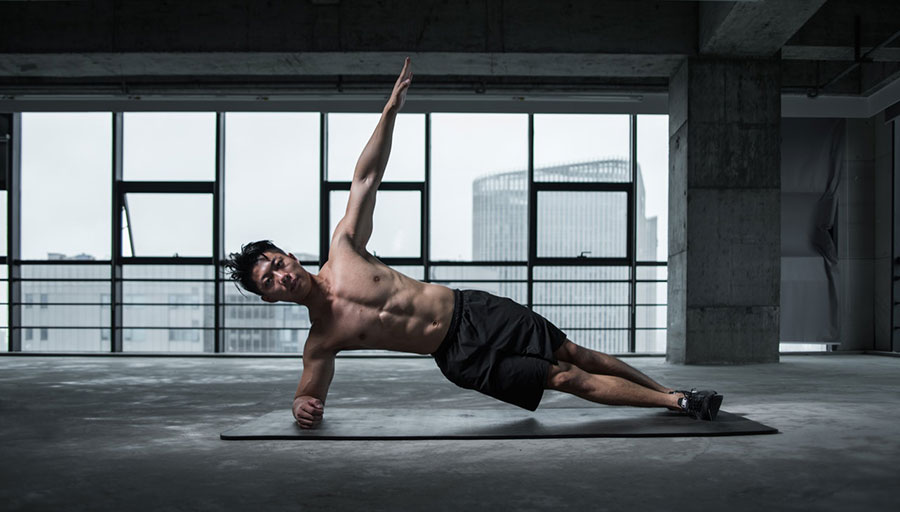Experiencing muscle tightness after a workout? Tight muscles are not only frustrating and painful but can also limit movement.
Tightness is a Feeling, Not Just a Mechanical Condition
Knowing how to manage and prevent tight muscles will help keep you exercising. Muscles can tighten up for a number of reasons.
“What people commonly feel as ‘tight’ muscles are muscles that have knots or adhesions, otherwise known as trigger points,” says physical therapist Tom Biggart, CSCS, CISSN, co-owner of EBM Fitness Solutions in Danvers, Massachusetts.
Stretching that muscle may only make the knot—and the feeling of tension—stronger.
Instead, you should try the following steps:
Release Your Knots
Foam rolling breaks up the restriction and helps return the muscle to its normal resting position to take away the sensation of tightness. Keep the rolling sessions brief—three minutes is plenty—but roll them frequently. Prevent future muscle tightness by rolling out once a day or on days you workout.
Train Your Range of Motion
Your muscles respond to what you teach them. If you sit all the time, they’ll get “stuck” in that posture. That’s why it’s important to train them to work through a healthy range of motion with exercises like squats and lunges. One study published in the Journal of Strength & Conditioning Research found that exercisers who did resistance training for five weeks improved their hamstring and hip flexibility as well as their peers who participated in a static stretching program.
Stretch the Right Way
if you prop your foot up on a bench and round your back to reach your toes, you’re not really stretching your hamstrings as much as you think; instead, you are increasing neural tension and stretching the sciatic nerve which runs down the back of the leg. “You should only feel the stretch in the targeted muscle. Your hamstring runs from the bottom of your butt to the back of your knee. If you feel the stretch in your calf, you’re doing something wrong,” he says. Focus on isolating and stretching only the muscle that needs it.
Maintain Your Support System
Every movement you do travels through your core muscles. When they’re weak, they can’t stabilize you properly, which sets the stage for poor posture and unhealthy movement patterns that can lead to knots and tight muscles, says Biggart. Make core strength a priority and practice those push-ups, planks, and bridges at least three days a week.
—

